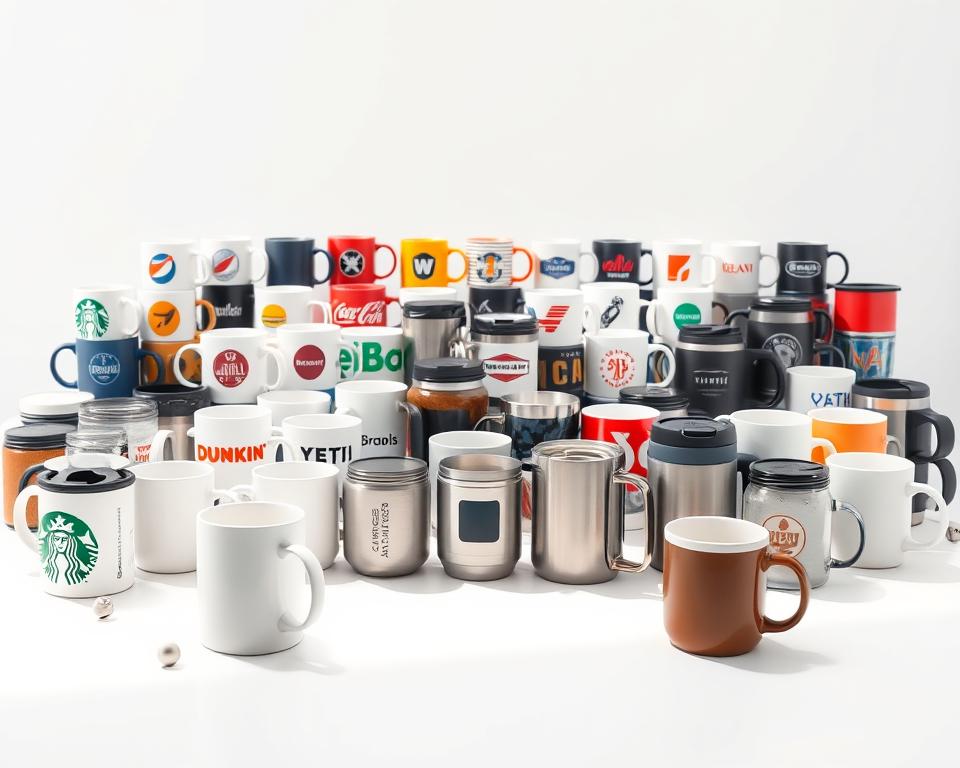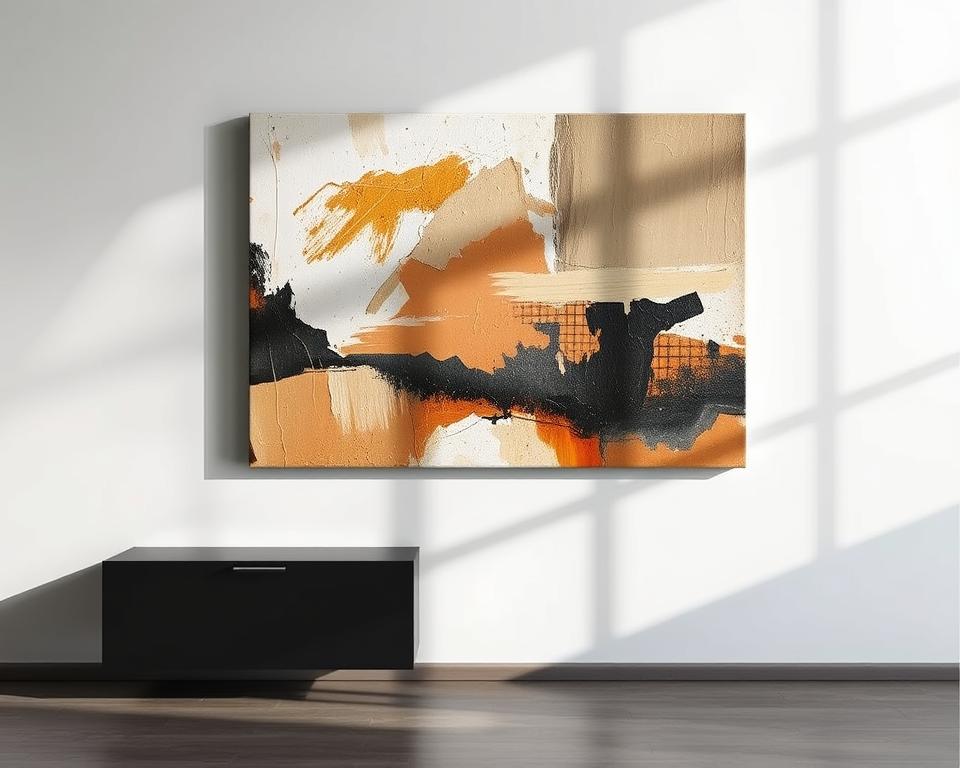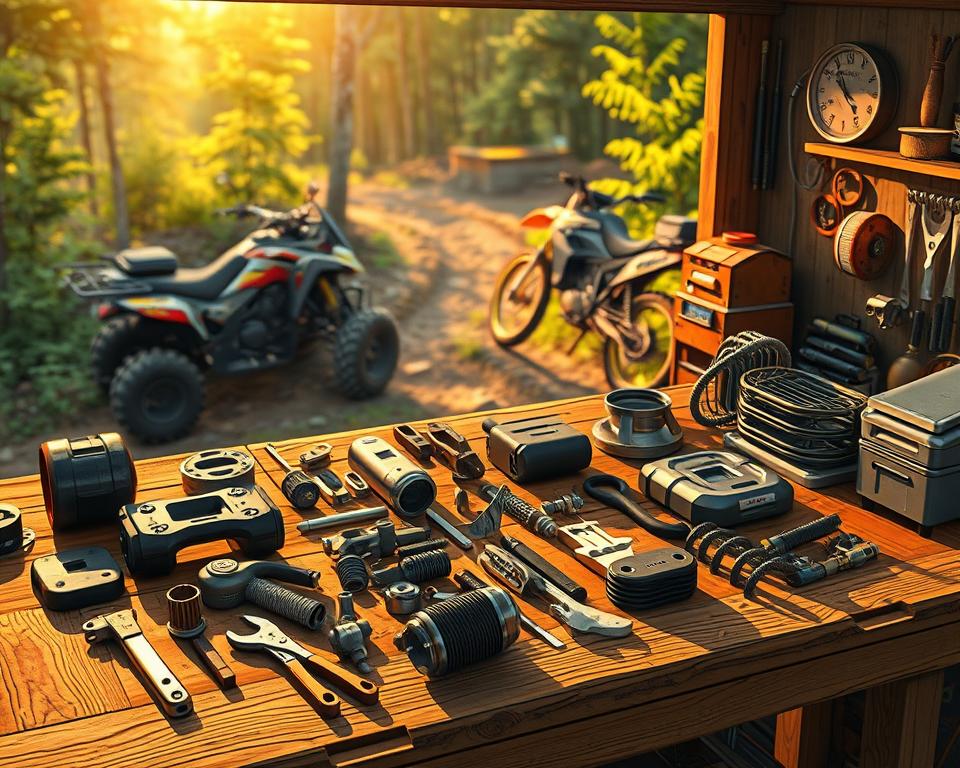Expand Your Audience with Budget-Friendly SEO Solutions
Over 68% of web interactions start via a search engine—isn’t that staggering? This staggering statistic underlines the vital role of search engine optimization (SEO) in boosting your digital footprint. In a cutthroat market, budget-friendly SEO offerings act as a key support for firms wanting to grow online without overspending. Choosing suitable low-cost SEO plans lets you improve search rankings, draw in more natural visitors, and allocate your budget wisely. We’ll delve into all aspects of affordable SEO, covering its advantages, elements, and tips for picking the best best affordable SEO services for your business.
- Over 68% of online experiences start with a search engine.
- Budget SEO solutions deliver economical tactics to boost your exposure.
- Personalized low-cost SEO bundles can attract major organic visitors.
- Knowing how affordable differs from cheap SEO is essential.
- Measuring success is key to optimizing your SEO efforts.
- Selecting the proper budget SEO agency influences your digital expansion.
Overview of Cost-Effective SEO
In the current online landscape, a solid digital footprint is essential for enterprises big and small. Budget SEO acts as a powerful asset for SMBs to raise their exposure on a budget. These services offer effective strategies that fit various budgets, helping you compete in a crowded market.
The impact of SEO on drawing natural visitors is enormous. Budget-friendly SEO offerings supply audience analysis and content roadmap guidance. This gives your business the edge to engage with customers. By investing in affordable SEO, you can drive relevant traffic, improve your site’s ranking, and increase conversions.
Budget SEO offerings strive for trackable performance. They combine affordability with a spectrum of proven SEO methods. It’s critical to pick the right affordable SEO plans that align with your business goals. This ensures all aspects of SEO are effectively covered.

Benefits of Budget SEO Solutions
Choosing affordable SEO services can greatly boost your online presence without breaking the bank. Many small businesses look for cost-effective ways to enhance their website rankings and increase sales. A budget SEO firm provides quality tactics at wallet-friendly rates.
Such offerings use tailored tactics designed for your specific goals. This ensures you get the most exposure possible without the hefty costs of traditional SEO firms. With cheap SEO, you gain access to vital tools and methods that deliver results, all while keeping your finances in check.
Opting for an affordable SEO agency helps you manage your marketing budget effectively. This plan drives lasting growth and heightens customer engagement. It solidifies your brand’s standing in a competitive market.
Understanding the Difference Between Affordable and Cheap SEO
Your site’s performance hinges on whether you pick quality budget SEO or bargain basement services. Budget SEO aims to produce effective outcomes at reasonable prices. Conversely, bargain SEO trades efficacy for rock-bottom fees.
Many cheap SEO companies use unethical methods to achieve quick results. These tactics risk algorithmic punishments that tarnish your digital credibility. Cheap SEO fallout often includes lasting rank drops and costly remediation.
Selecting cost-effective SEO shields you from these hazards. They focus on enduring progress and best-practice compliance. This methodology enhances your SERP presence and nurtures user trust. It’s important to weigh the long-term advantages of affordable services against the short-term gains of cheap alternatives.
Components of Affordable SEO Packages
To evaluate cost-effective SEO, know the core services they offer. These bundles cover vital tactics to enhance your site’s visibility and metrics. Here are the main components:
- Keyword Research: This foundational step identifies the terms and phrases your target audience is searching for.
- On-Page Optimization: This service optimizes individual web pages to rank higher and attract more relevant traffic.
- Technical SEO: It tackles backend factors like loading times, mobile usability, and XML sitemaps.
- Content Creation: Engaging and informative content is vital. It attracts visitors and helps establish your brand authority in the industry.
Cost-effective SEO plans bundle these critical offerings. Knowing these components helps you select a package that aligns with your business needs and goals.
Why Partner with a Budget SEO Firm
Partnering with a cost-effective SEO firm delivers multiple perks. You receive customized tactics designed specifically for your company. With budget SEO marketing, you secure approaches that fit your targets and enhance your online reach.
A key perk is guaranteed, trackable outcomes. They leverage robust platforms to observe results and refine actions accordingly. Such flexibility lets you iterate using live insights, maximizing campaign impact.
Dedicated support from experienced experts distinguishes budget SEO firms. You get to work with experts who grasp the intricacies of SEO, providing proactive solutions to increase your website’s traffic. This tailored aid contrasts sharply with the impersonal tactics of discount SEO.
Finally, teaming with a reputable firm minimizes the threat of poor SEO mistakes. Avoiding cut-rate SEO ensures compliance with search-engine guidelines. This ensures sustainable growth and success in search engine rankings.
Strategies to Expand Your Reach via Budget SEO
Key tactics can amplify your reach via budget SEO offerings. First, refine your on-page content to be both pertinent and compelling. That involves weaving targeted keywords organically into your text.
Mobile optimization is also vital for reaching more people. As more users access websites on mobile devices, ensuring your site works well on mobile is essential. This can greatly enhance user experience and engagement.
Leveraging social channels can complement your budget SEO initiatives. By regularly sharing content and engaging with your audience, you can drive traffic to your site and expand your reach.
If you serve nearby clients, local SEO methods pay off. Tuning your GMB profile and embedding area-specific terms draws local searchers in.
Integrating these methods produces a holistic plan. It elevates your discoverability and fosters stronger audience bonds. Use the following table to track progress for each tactic.
| Strategy | Description | Benefits |
|---|---|---|
| On-Page Content Tuning | Enhancing web text through strategic keyword placement. | Elevates discoverability and UX. |
| Mobile Optimization | Optimizing for seamless mobile performance and speed. | Enhances UX and boosts session duration. |
| Social Platform Interaction | Consistently updating and engaging on social platforms. | Drives traffic and builds brand loyalty. |
| Geographic Optimization | Embedding regional terms for local discoverability. | Lures local prospects and boosts local rankings. |
Industry-Specific Affordable SEO Solutions
Every industry faces unique challenges and opportunities in SEO. Budget sector-based SEO customizes tactics for niches such as retail sites, healthcare providers, and therapy practices. Universal strategies seldom work—industry-focused SEO packages are key.
Marketing1on1.com shines in delivering custom strategies backed by industry intelligence. Be it high-volume e-tailers or niche medical offices, their cost-effective SEO pros tailor plans to your targets. Targeted tactics improve rankings and drive genuine engagement.
In counseling, authority and rapport matter most. Specific SEO techniques help establish your authority and connect with clients. By focusing on relevant keywords, content, and local optimization, affordable SEO for industries builds a compelling online presence for success.
Importance of Local SEO in Affordable Services
Geographic SEO is key for location-based companies. With 97% of people finding local businesses online, it’s key to boost your visibility.
Tuning your GMB listing, collecting citations, and soliciting reviews are fundamental. These practices are often included in affordable SEO packages. This makes them reachable for businesses of all sizes.
Pairing geographic SEO with custom tactics lures local clients successfully. Participating locally cements your reputation and fosters loyalty. Prioritizing budget-friendly local SEO sets you apart in crowded locales.
Why Quality Content Matters
Quality content is at the core of successful SEO strategies. It engages readers while improving your search positions. An effective content strategy includes blog posts, articles, and product descriptions. Every asset is developed to satisfy reader intent and adhere to SEO guidelines.
Investing in affordable content creation offers long-term benefits. Well-crafted content boosts credibility and compels interaction, lifting SEO metrics. This focus emerges in thoroughly vetted content that resolves particular questions.
Diverse content types engage different audience segments. Story-based articles build rapport with your visitors. Insightful write-ups mark your brand as an industry expert. Clear and persuasive product descriptions also increase conversion rates.
Incorporating quality content into your SEO efforts sets your brand up for long-term success. An intentional content roadmap secures and engages an audience searching for what you provide.
Key Metrics for Budget SEO
Knowing which metrics to track is vital for measuring your SEO success. Zeroing in on key metrics lets you monitor progress accurately. This ensures your investments deliver substantial returns.
Comprehensive measurement covers multiple SEO metrics, for example:
- Organic traffic: This indicates the number of visitors arriving at your website through search engine results.
- Conversion rates: Measures how many visitors complete goals like sales or sign-ups.
- Search rankings: Indicates your placement for chosen terms in search results.
Leveraging these data points allows ongoing strategy optimization. This leads to better rankings and more conversion opportunities. Ensure your cost-effective SEO team delivers comprehensive reporting. This clarity cultivates confidence and demonstrates ROI.
| Metric | What It Measures | Importance |
|---|---|---|
| Natural Visits | Traffic volume from organic search | Reflects visibility improvement |
| Action Percentage | Portion of users performing target actions | Reflects website efficiency |
| Search Engine Placement | Rankings for keyphrases of interest | Reflects keyword performance |
Using a solid framework for measuring these performance metrics in SEO can boost your online presence. It propels you closer to your strategic objectives. Hone your plan with credible, cost-effective SEO partners focused on your growth.
Deliverables of Budget-Friendly SEO
Engaging with affordable SEO services requires clear expectations. Businesses should anticipate various deliverables that boost online presence and visibility. To start, they execute an in-depth website review. This step uncovers strengths and areas for improvement, laying the groundwork for future strategies.
Look for clear KPIs like better SERP positions and higher visitor counts. A targeted approach could emphasize niche phrases, although low-end SEO also highlights these. These phrases lure relevant users, vital for niche-focused enterprises.
Regular dialogue with your SEO partner is crucial. Regular updates and performance reports offer insights into strategy effectiveness. Expect to cover SEO traffic, user engagement, and goal completion shifts. This transparency keeps you informed about your investment’s progress.
In the end, patience pays off in SEO. Rankings improve gradually, so continuous teamwork is critical. Knowing what to expect from budget SEO paves the way for lasting expansion and stronger online profiles.
Choosing the Right Affordable SEO Company
When picking a cost-effective SEO firm, consider multiple elements to ensure synergy. Begin by reviewing past client case studies. These stories reveal the capabilities and effectiveness of the SEO company. Genuine testimonials and case studies showcase how a trusted affordable SEO agency has boosted its clients’ growth and visibility.
Then, evaluate the services each candidate offers. A company with a wide range of services, from keyword research to ongoing optimization, demonstrates a commitment to complete SEO solutions. Understanding their service breadth aids in selecting the best SEO partner for you.
Clear dialogue and regular updates are equally critical. Clear communication ensures you understand your goals, while regular reports keep you updated on progress and outcomes. A reliable firm commits to clarity and delivers straightforward performance insights.
In conclusion, selecting an affordable SEO provider is more than just looking at costs. It involves a detailed review of past achievements, a diverse service portfolio, and effective communication. Combined, these elements guide you to the optimal SEO partnership.
Wrapping It Up
In the whirlwind of online marketing, budget-friendly SEO is crucial for visibility. They amplify your web footprint and link you to a broader audience seeking your solutions. We’ve illustrated that the proper low-cost SEO strategy lets you lead without overspending.
Looking ahead, affordable SEO is not a cutback on quality. It represents prudent spending, granting access to field-specific methods and messaging. This emphasis on value paves the way for enduring expansion.
The advantages of choosing affordable SEO are clear. It’s not just a quick fix; it’s a long-term plan for your business’s success. By focusing on affordable SEO, your brand stays current and competitive in a constantly shifting market.









